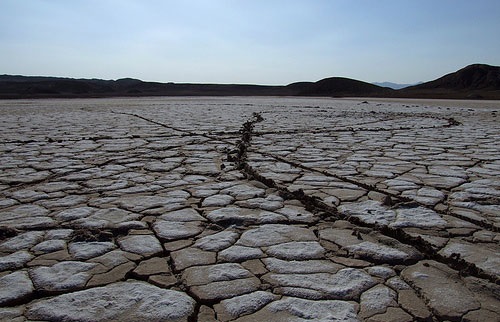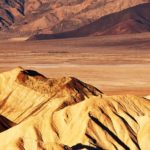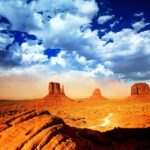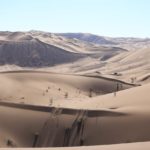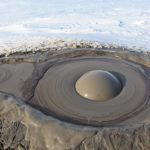Extensive supply of desert and desert regions of Iran and the need to know these areas in order to optimally plan and use them and prevent them from progressing, have led practitioners and writers to write articles or organize meetings and seminars on this subject. Discuss and debate. But what has not been sufficiently accurate so far is to provide a correct definition of desert and desert areas or to separate the desert and desert areas. The question may arise as to whether or not the separation of these two words has changed. What solves the problem. But what can be said is that in any type of illness, one must first identify the disease and then prescribe it. So desert and desert are two types of disease in arid areas that must first be identified and then tackled. And it may be that the type of fight is different. With this brief explanation we should see how the desert is.
Read More ...
What Areas in the Desert: The desert is referred to as salt and muddy soils that are saturated with various salts and salts and are not suitable for agriculture. Wherever there is fine-grained soil and salt texture in the general sense, the desert is formed by the presence of water in any form (rain, current, underground), and is usually located at the bottom of the micelles and at the lowest point of a basin, from there. Desert conditions are often conducive to desert formation, so these two phenomena are more common. In fact, desert is a problem in a desert, not the desert itself. It should be remembered that foreign sources have also used other terms such as Sabkha or Shut, each of which has its own definition;
Sabkha: It is a closed watershed that is usually brackish in winter but dried in summer and white salt appears in it because it does not reach significant water flow. Its salinity is either due to the infiltration of saline groundwater or is the result of evaporation of waters that have been salted by passage of saline outcrops, or because of the presence of saline land inside the salinity, where the waters are pre-salted. .
Shoots are also pits or troughs of the earth, but with more expansion that ends in more or less vertical walls. Sometimes it may be completely or partially dry in the rainless months. Its soil is often more fluid, even in summer, and it is possible for humans to dip into it. Sometimes the term shot is also used to denote less salty, lighter-skinned edges. The difference between the shoot and the Sabkha is assumed to be on the sides, the first being a vertical wall and the second a gentle slope. Iranian sources also include subdivisions about the desert (such as plowed, puffed, chubby, yolk-like deserts).
Genesis of the Desert:
Numerous factors have been involved in the formation of saline lands and salt deserts during geological periods, to summarize a few of them.
1. As the flood drainage passes through the salt marshes, which are mainly related to Tertiary geology, they flow into the deepest point of the watershed, dissolving solute minerals and transporting them to pits. These minerals precipitate on the surface after evaporation, resulting in the soil becoming saline and desert so that no vegetation can grow there. Such as: Damghan Desert; Salt Desert of Bajestan; Sabzevar Desert; . .
2- Salt salts are present in the soil structure of the area and due to the severe evaporation of the lower floors, as a result of the poetry, the surface is transferred and the desert is created.
3. The desert may be formed due to salt domes in the area and its destruction. Various types of these deserts are found in large and small parts of Iran, some of which are fed and hydrated during the year by the rivers (Gavkhouni Jamazoorian marsh, etc.) and others such as The Sirjan and Wajestan deserts, despite being juicy under thick salt cover, are almost dead and partially submerged in the rainy years of their zones.
Thus, it can be said that the desert was not interfered with by the definition of man, but rather by the tectonic and geomorphologic effects of the area, but man inadvertently pushed the desert forward.

